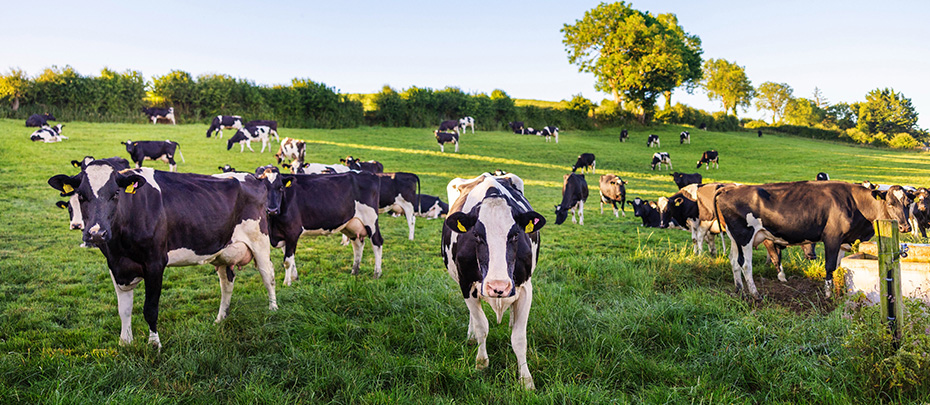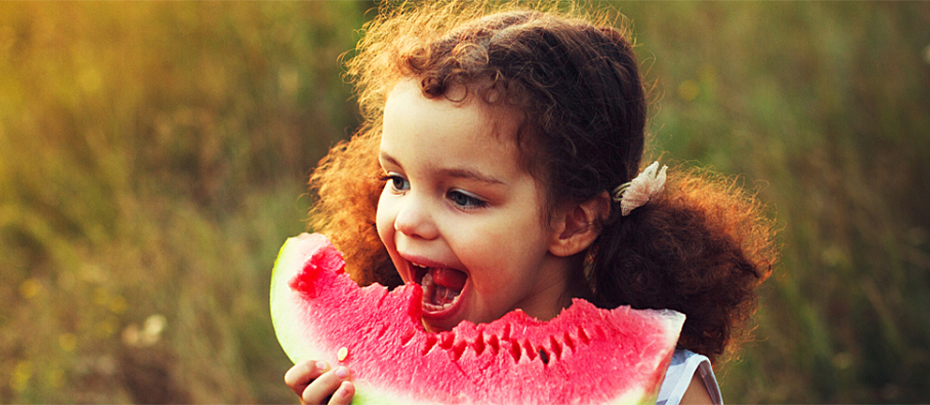If you are looking for beverages that do not contain cow’s milk —soy, almond, rice, coconut and oat milk — are available but many may not contain the same nutrient profile as cow’s milk so always check the label.
Not recommended: Kajzer advises that goat, camel and buffalo milk are similar to cow's milk in molecular structure and can also trigger similar allergic reactions and are not recommended as alternatives to cow’s milk. These alternate milk choices may be appropriate for the breastfeeding mom and a toddler, but they do not provide the nutrition that an infant needs.
"It's not uncommon for children with milk allergies to need some formula up to 18 months," says Kajzer. After all, infant formulas are rich in protein, vitamin D and calcium that a toddler might have trouble getting elsewhere. For instance, salmon is a great source of vitamin D, but getting a one-year-old to eat salmon might be challenging, at best.
Learn to Read Food Labels
Around four to six months of age, most babies are ready to start trying solid foods and parents will need to start looking for allergens in their new diet. Many foods, even non-dairy ones including hot dogs, cereals, breads, crackers and biscuits, can contain milk or milk derivatives, Kajzer cautions.
"Parents should read the label every time they buy the food item because labels change frequently," cautions Kajzer. If you're unsure whether a product could have come in contact with a specific allergen, call the manufacturer.
Make Sure Others Know About Your Child's Diet
Especially as your child gets older and enters daycare, playgroups and eventually school, it's important to remember that they might take food from people other than you. "Talk to administrators, personnel, coaches and anyone who could potentially give your child anything to eat," Kajzer recommends.
Any adult who regularly supervises your child should understand their unique nutritional needs and be equipped to follow them in a way that isn't isolating. Be prepared to provide milk-free alternatives for birthday parties or school functions, and teach your child that they should never eat any food that isn't given to them by an adult. The best way to avoid complications from milk allergies is to prevent them from ever happening in the first place.




Social Share